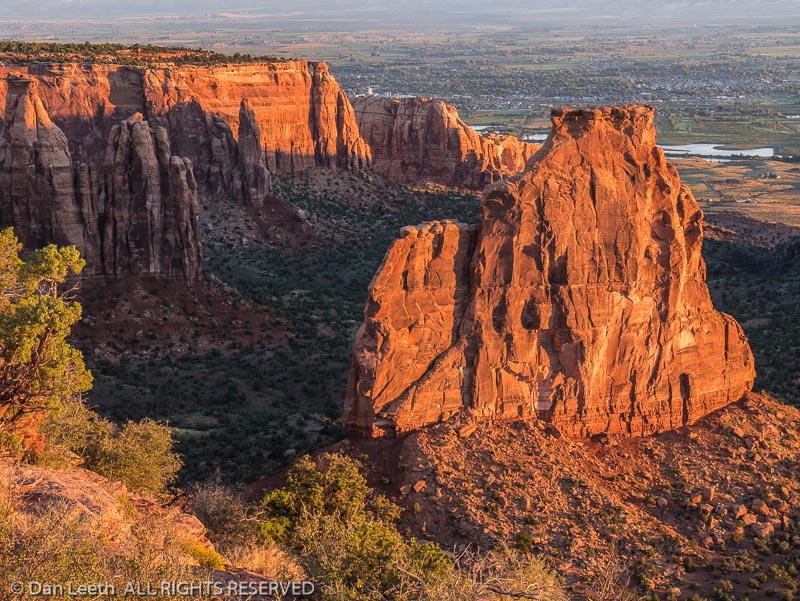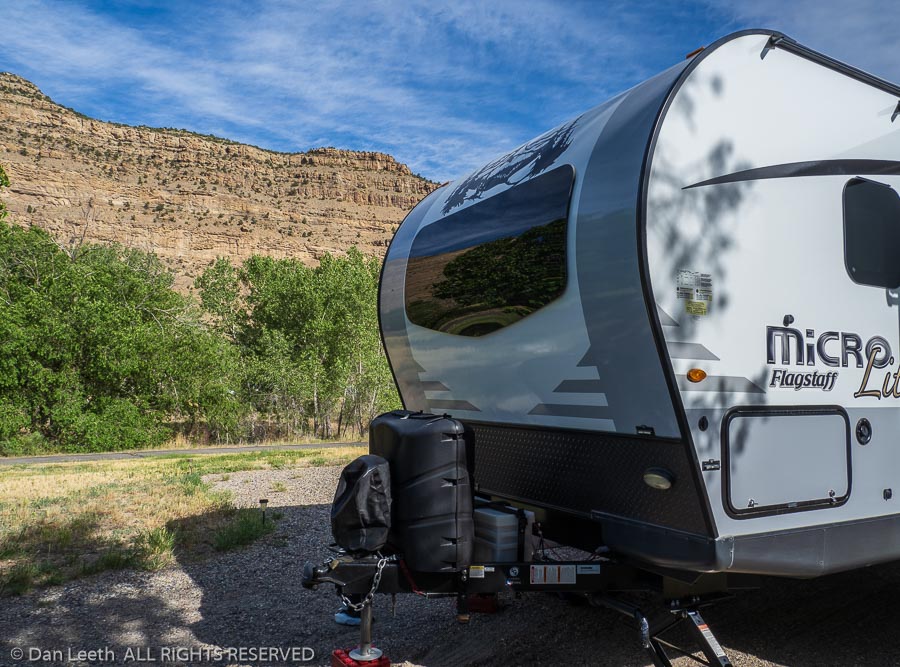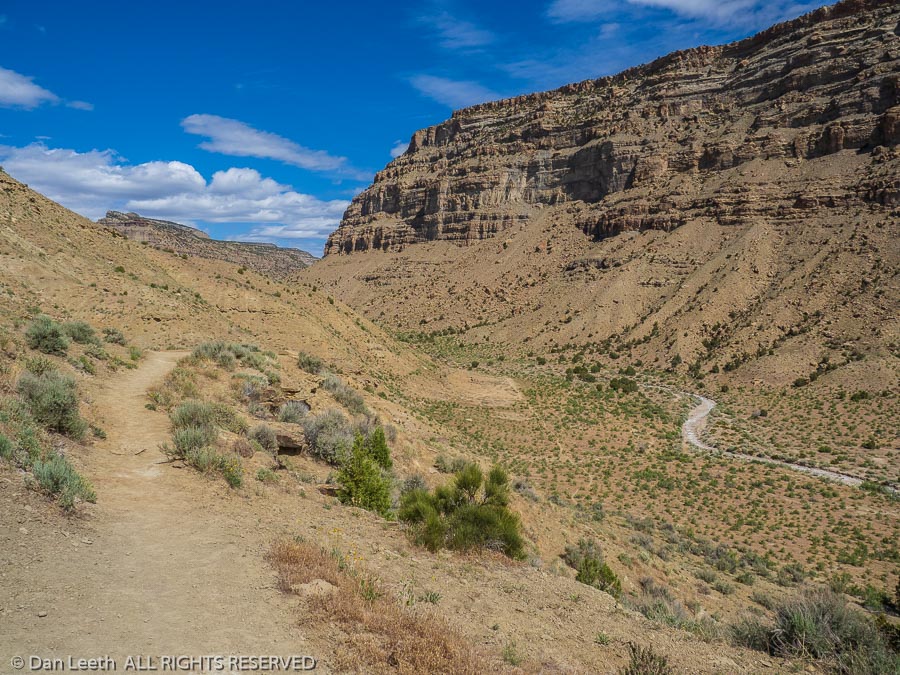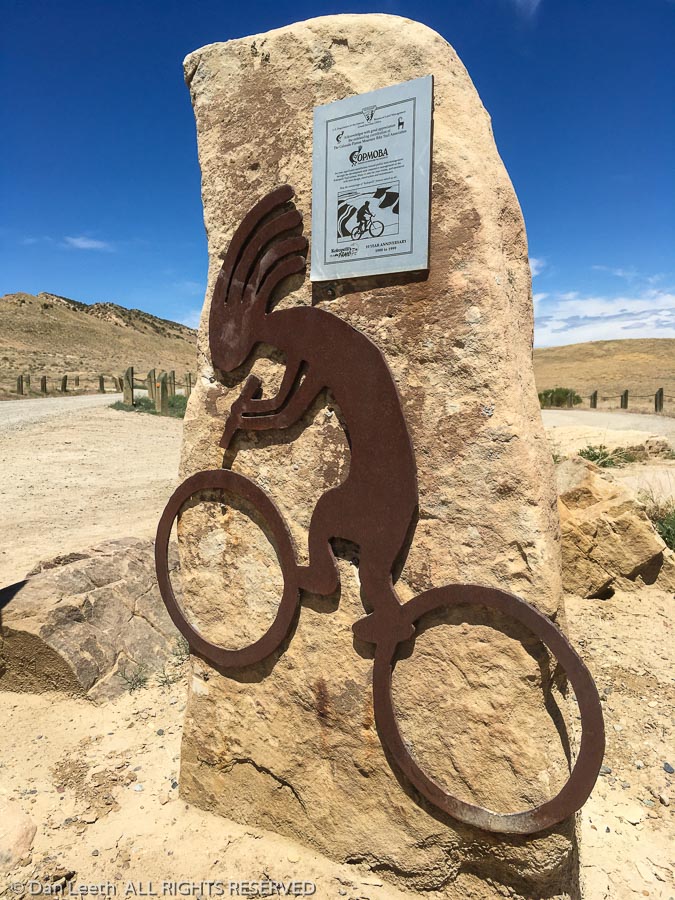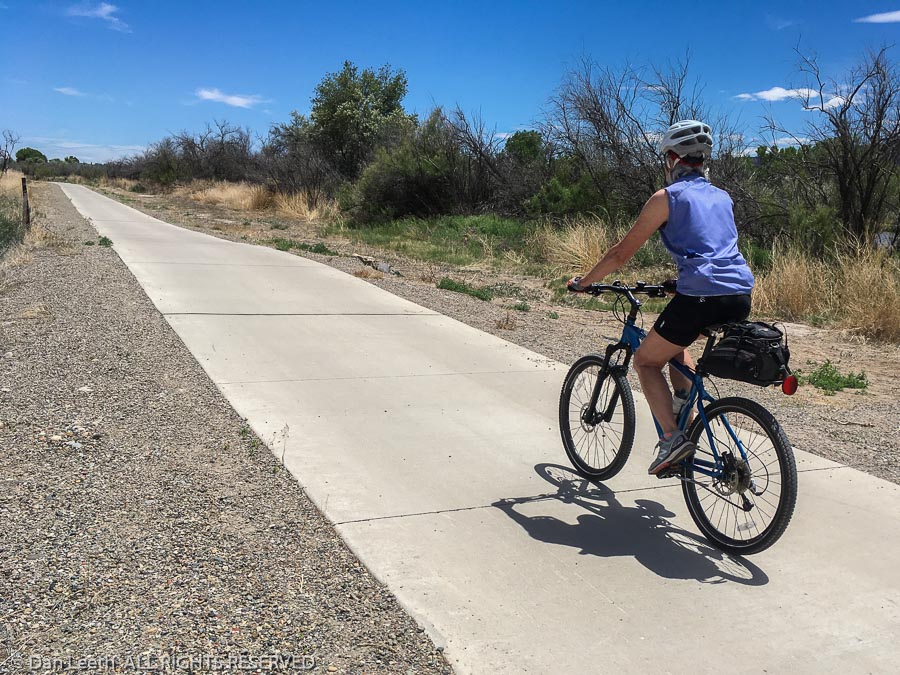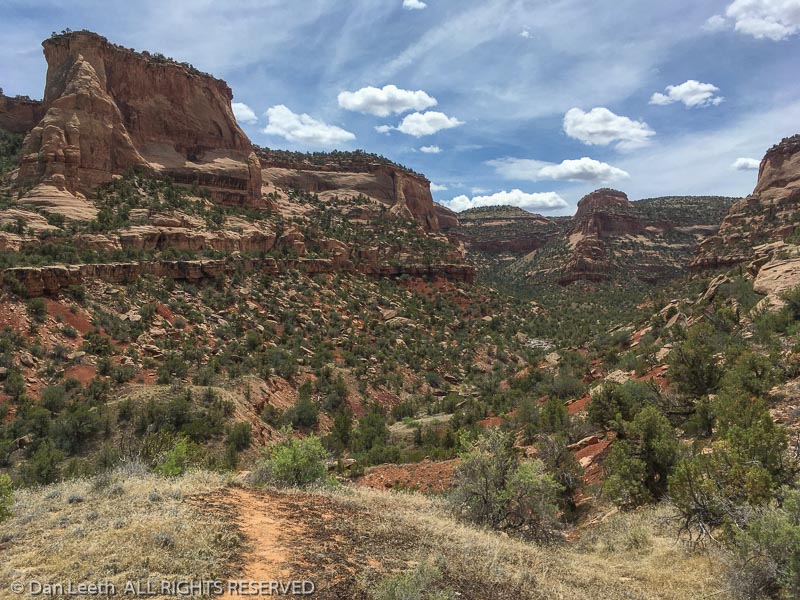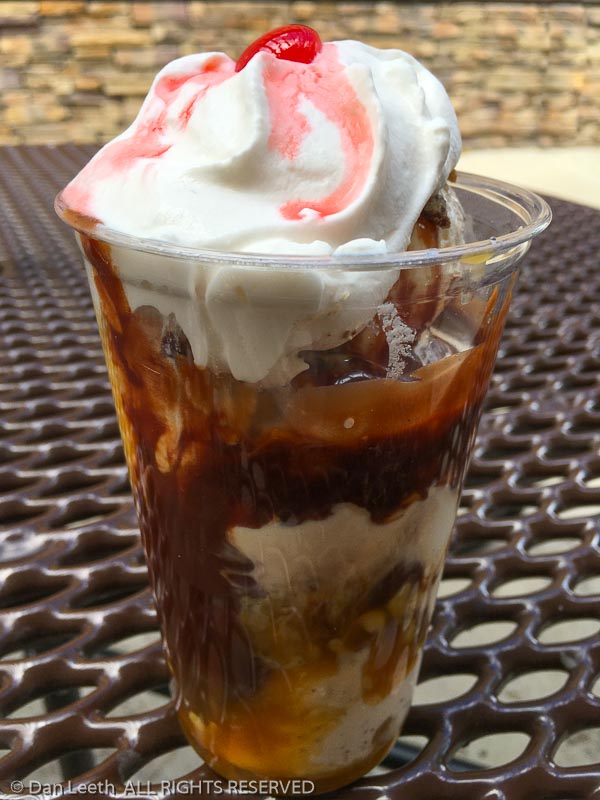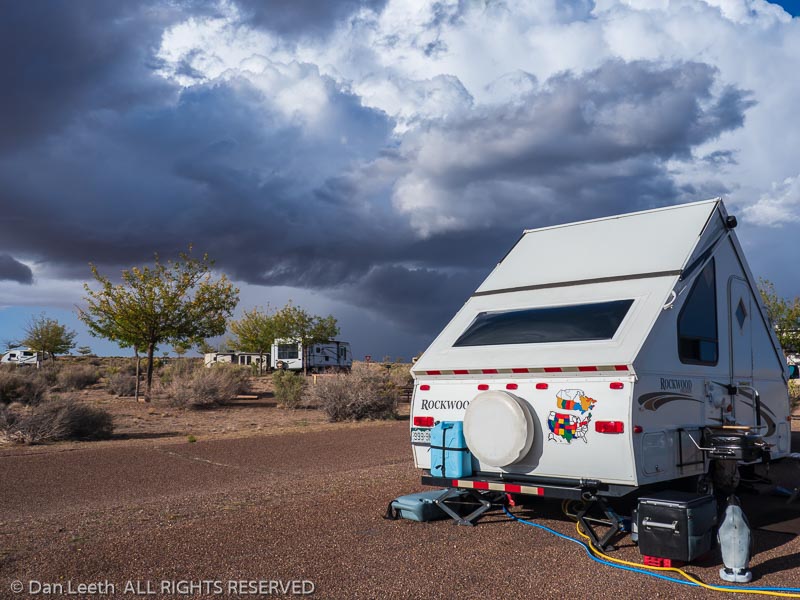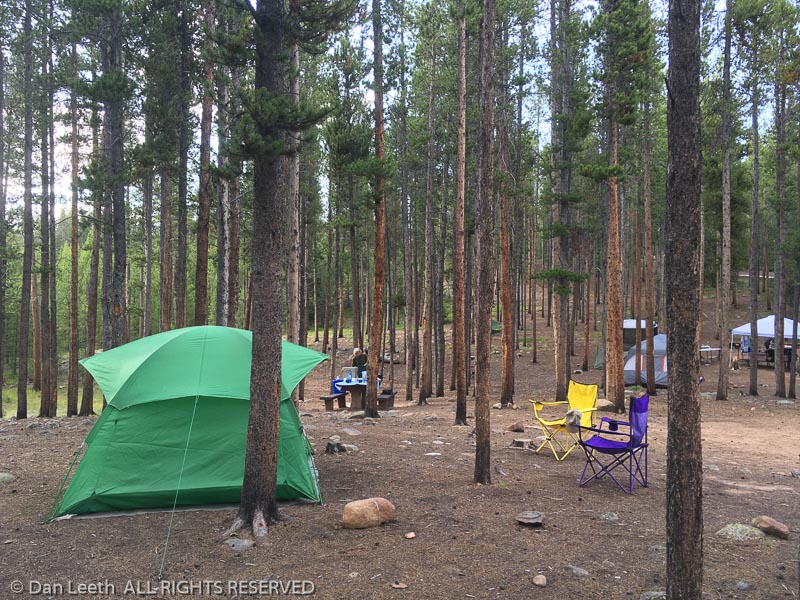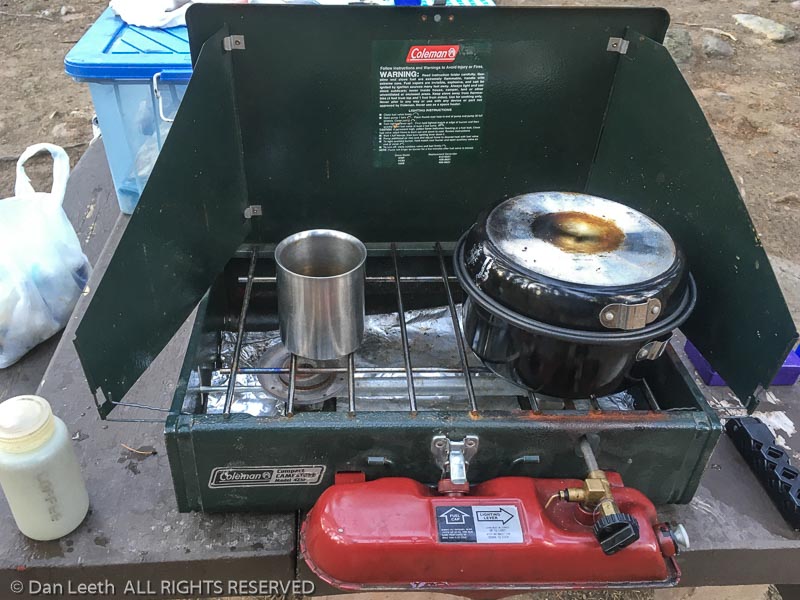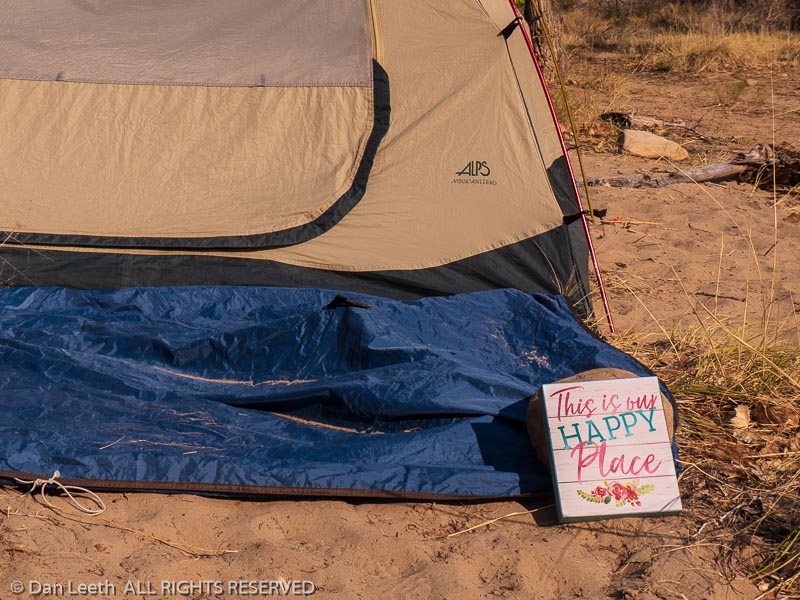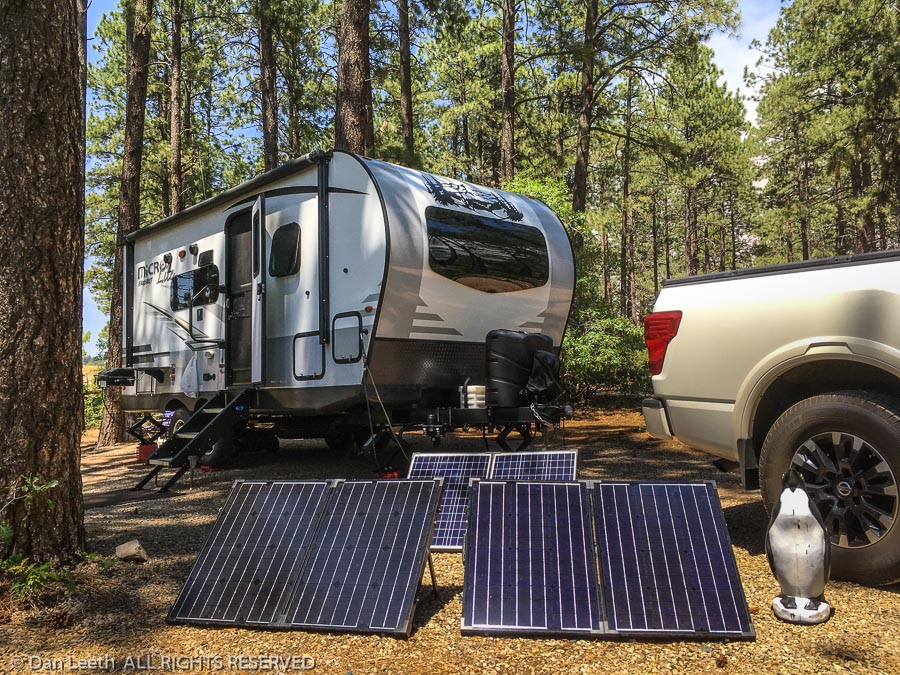Our trailer came with three, thin wardrobe closets complete with hanger rods. The one in the slideout next to the dinette we use as a coat closet.

I measured the length of the longest jacket we’d have hanging in there and installed a shelf at that length. About a foot below, I installed another shelf. The cubbyhole between the two serves as a storage location for a small space heater, rechargeable hand-vac and other miscellaneous things.

At the bottom of the closet is shoe storage. Fortunately, Dianne is not a shoe fanatic. We both can go for weeks with three pair of shoes – hiking boots, camp shoes and sandals/flipflops. A wire half-shelf in that bottom compartment adds a place for slippers.

Finally, strapped to the side of the closet is a large golf umbrella, which comes in handy if we have to work outside in a downpour. The entire project took only a beer or two to complete.

The trailer also has two shorter closets on either side of the bed. With rods across the top, they came ready for hanger-hung garments, but we needed a storage place for t-shirts, shorts, sox and skivvies. We’ve seen where other Micro Lite owners have added shelves and boxes into the closet. We stumbled on a drawer arrangement that works perfectly for us.

On a reconnaissance mission to the Container Store, Dianne found some customizable mesh drawer arrangements. Made by Elfa in Sweden, the parts are sold separately allowing us to put together a nifty set of drawers to hold our foldable clothes.
First come the frames. The extra-narrow (10 inches), closet depth (21 inches), 29-5/8-inch high frames fit perfectly in our closets. To protect the bottom, we added the optional plastic feet.

We opted for three single- and two double-height drawers. The single height work well for sox and dainties. The double-high ones are good for t-shirts and shorts. Optional stops allow the drawer to fully extend without pulling totally out.
To cap it off, we installed the optional white melamine top shelves, which provide a convenient space to store an extra blanket or more.

The drawers fit in the closet with the back of the top shelf touching the curving roof of the closet. Small blocks of wood screwed to the closet floor keep the shelves from shifting forward or from side to side. Remove a screw or two and the whole stack can be removed if necessary.

With the drawers anchored close to the bed side of the closet, there’s still room to hang a shirt or two on the closet rod. We added webbing straps at the bottom to hold the rotating “end tables” in place for travel.

Removable vertical webbing straps keep the drawers from sliding forward during travel.
We’re quite happy with our closet drawers. They’re extremely light weight and they allow us to pack quite a lot clothing into a small space. With the drawers opening fully, everything is handy including those things placed in the back. Dianne earned a beer for her drawer discovery while I consumed another putting ’em in.
Unfortunately, these Elfa products are hideously expensive. The retail price for what we installed comes to around $140 or so for each side. Fortunately, Elfa products are frequently on sale at the Container Store. We got ours at 30% off, which made them only bloody expensive.

We typically spend three-four months in the trailer every year, so the cost was worth it to us.

